Olafur Eliasson’s ‘Ice Watch’ confronts Londoners with the realities of climate change
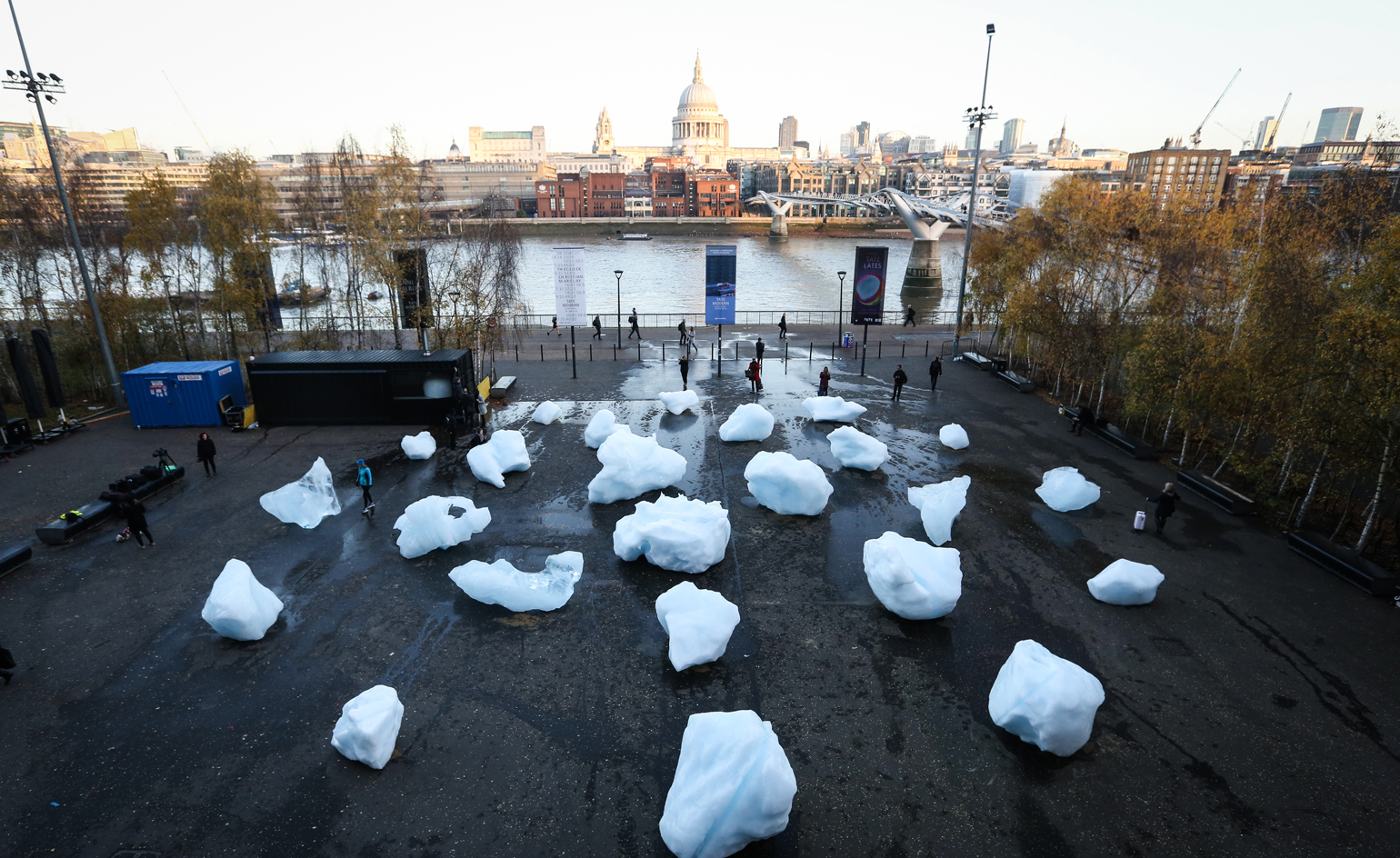
It's a brisk 1°C on London's Southbank. The sun has just touched the Switch House, and is hastily creeping towards 24 ice boulders arranged at the front of Tate Modern. They're already melting. Great blue-white tears collect in sad puddles, that will eventually glissade into the Thames and vanish.
This is no festive cocktail-inspired installation, and these are no ordinary ice-cubes. This is the third iteration of Icelandic-Danish artist Olafur Eliasson's Ice Watch, an artistic endeavour that aims to draw attention to Greenland's melting ice caps. It debuted in Copenhagen in 2014, and was exhibited in Paris the following year. It's arrival in London marks Eliasson's first outdoor installation in the city, and precedes a major retrospective of his work, expected to be a highlight of Tate Modern's 2019 calendar.
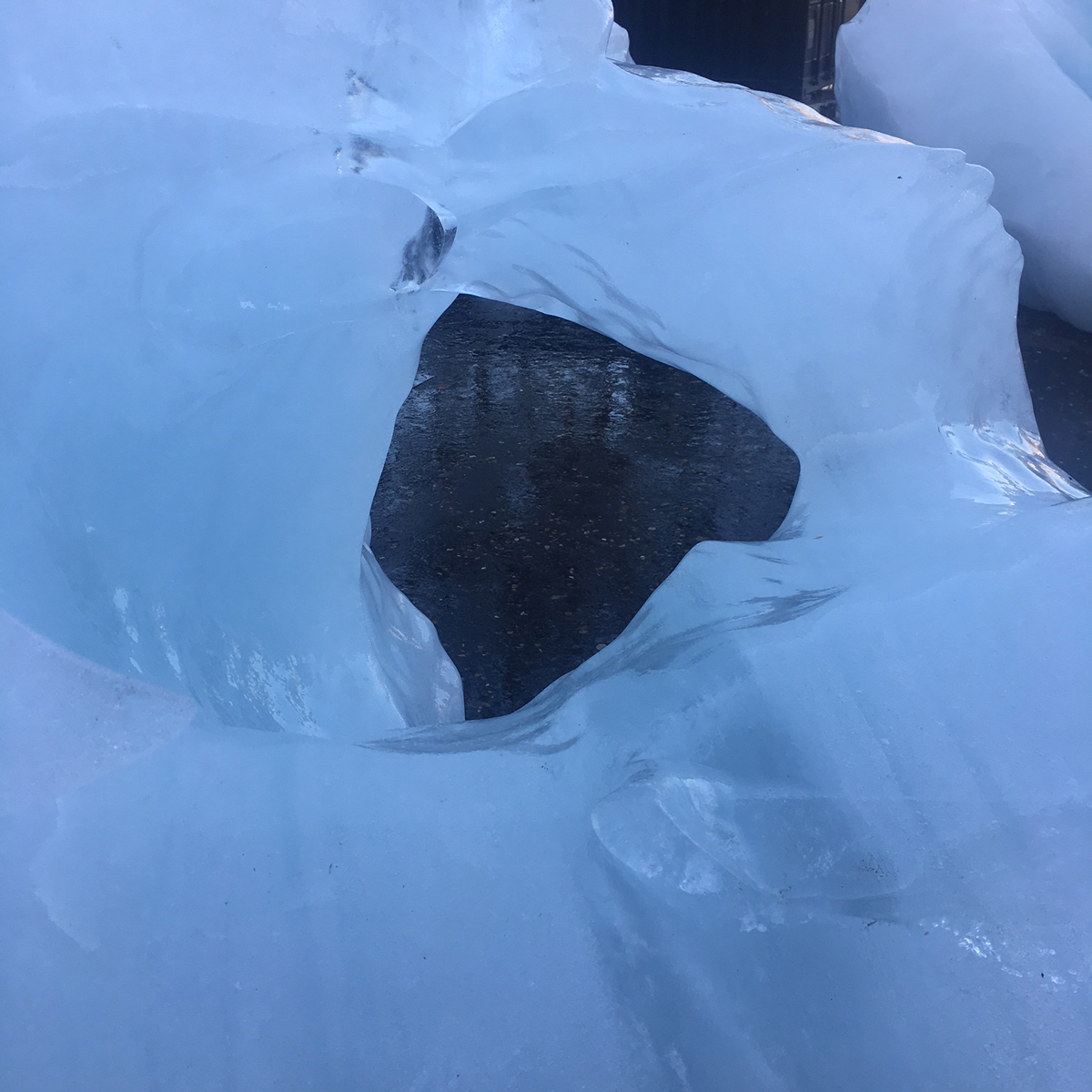
Detail view of Ice Watch, Tate Modern, London.
The morning chill of 1°C snaps at the extremities, as if nature is trying to remind us that the earth's temperature has risen by approximately this much since the turn of the 20th century – and it's ever increasing. Created in collaboration with Minik Rosing, professor of geology at the Natural History Museum of Copenhagen and Denmark, Ice Watch aims to make the impact of climate change a more immediate, physical experience. ‘Since 2015, the melting of ice in Greenland has raised global sea level by 2.5mm,' he explains. ‘Eventually, Greenland's ice waters will flow through the Thames.' This violent destruction of nature is happening silently, almost imperceptively around us. Ice Watch forces us to look.
These particular shards of ice were taken from the waters of the Nuup Kangerlua fjord in Greenland, where they were melting into the ocean after having been lost from the ice sheet. As well as being messengers with political motive, and objects of protest, they are things of striking beauty. Like slabs of marble, each has its own personality: some are near transcluscent, others densely opaque; some have lightly cratered surfaces, others are ice-rink slick. One has a near-neon lightning strike running through its centre. Eliasson predicts it will take around four days for these glacial chunks – some of them truck-sized – to all but disappear. ‘Gather your family, your children, and bring them quickly if they want to see it,’ he advises, poignantly, unintentionally, drawing attention to the speed in which Greenland's ices will slip away from us.
RELATED STORY
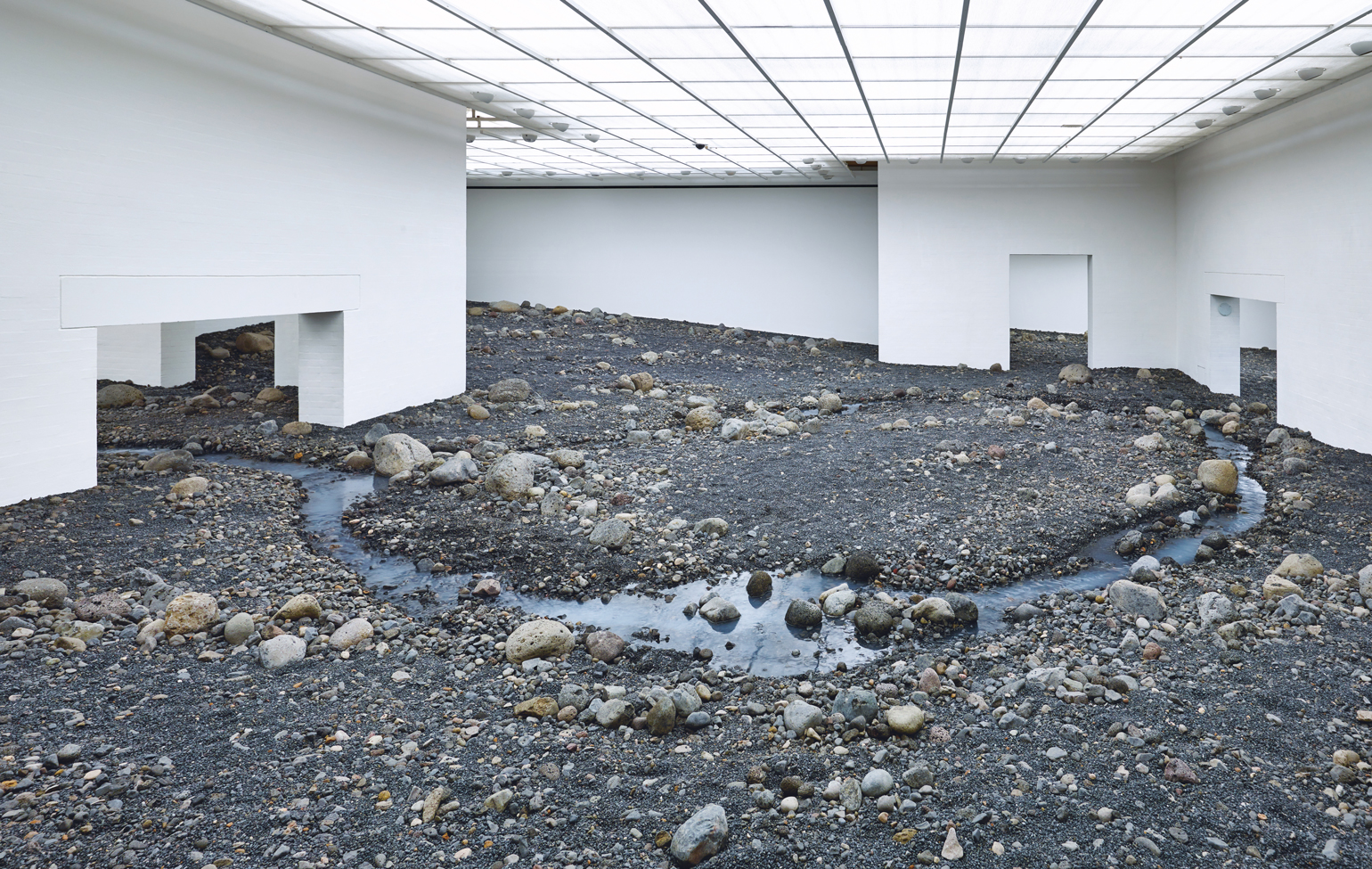
To see these things of ethereal natural beauty drip into nothing is what Justine Simons, London's deputy mayor for culture and the creative industries, calls a ‘visceral experience'. It's also jarringly sad, evoking a very real sense of loss. By positioning icebergs as art objects we can touch and connect with, we imbue them with the kind of emotion difficult to apply to scientific abstractions, statistics, or political rhetoric. As the COP24 climate change conference in Katowice, Poland gets under way, having a physical embodiment of environmental disaster thrust in front of us is more important than ever.
A dog splashes a ball through the rapidly forming puddle waterway, a young couple take a wintry selfie, a coterie of school children scratch at the icey edges in gloved hands, cawing ‘Is it real?'. I wonder if the message is sinking in. Yes, it's real. ‘Ten thousand chunks of ice this size disappear every second,' Eliasson reminds us. ‘We must recognise that together we have the power to take individual actions and to push for systemic change. Let's transform climate knowledge into climate action.'
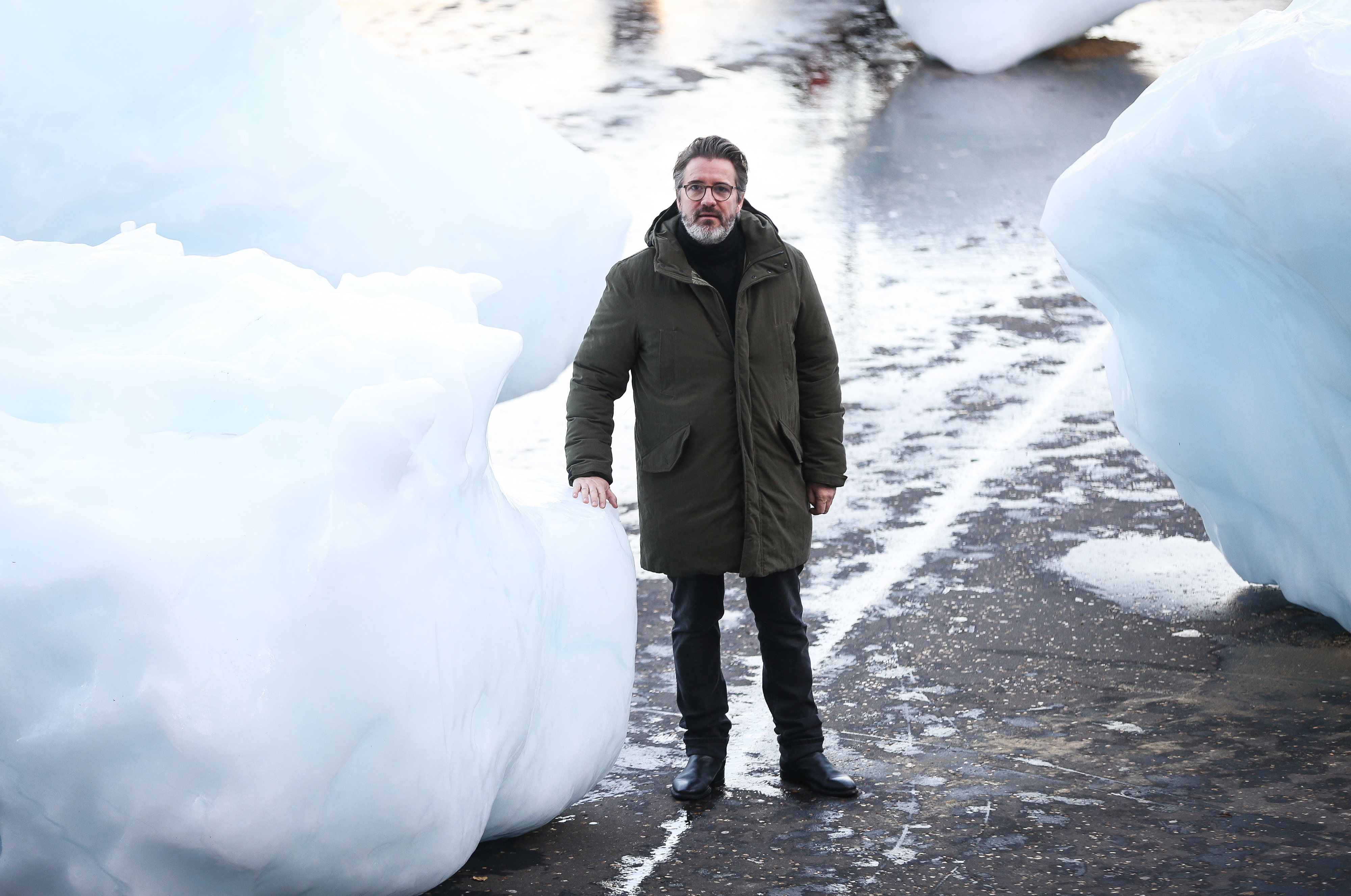
Olafur Eliasson with Ice Watch, 2018
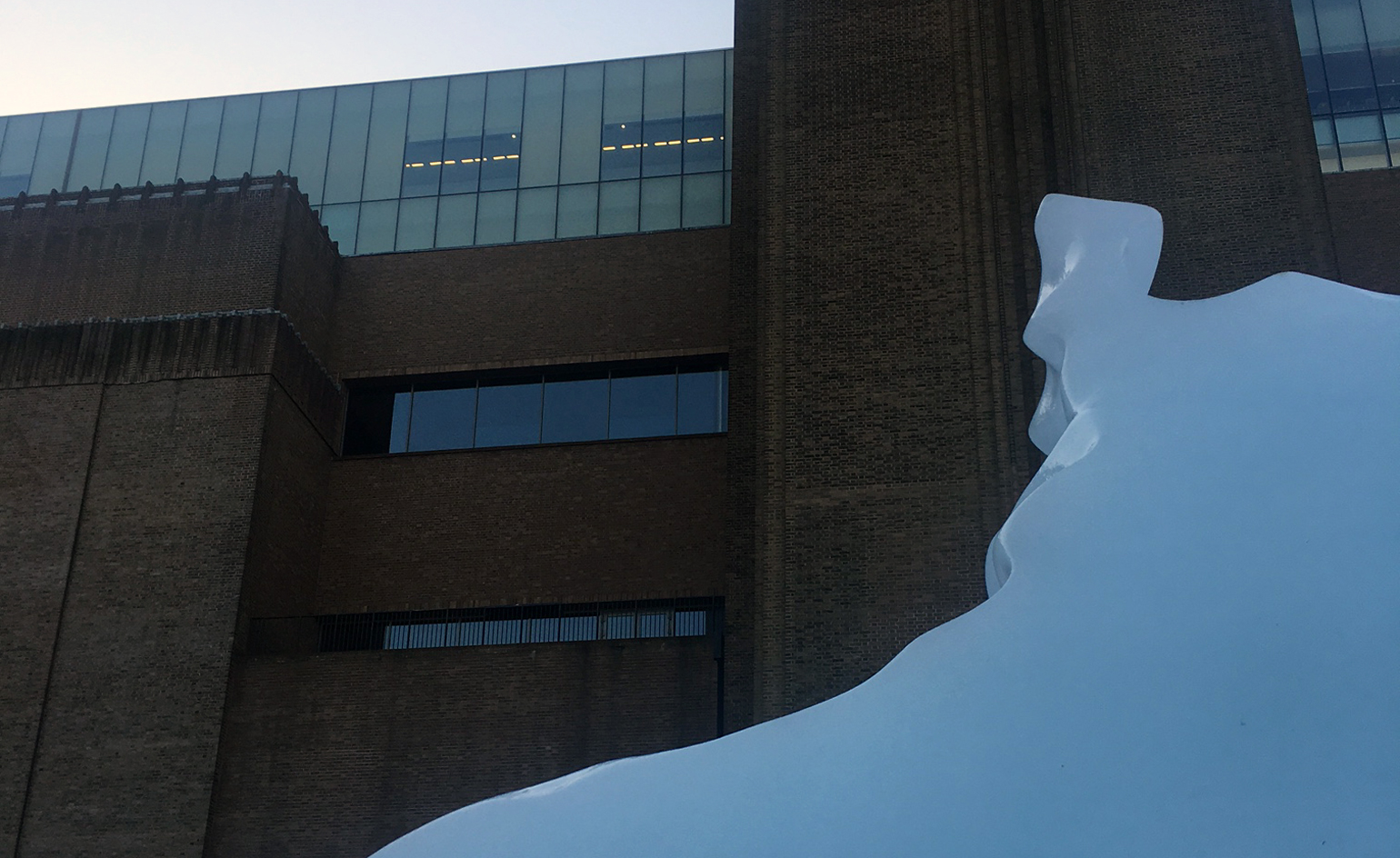
Detail view of Ice Watch, outside Tate Modern.
INFORMATION
Ice Watch can be found outside Tate Modern, and outside the Bloomberg HQ in the City of London.
Until 21 December, weather conditions depending. For more information, visit the Studio Olafur Eliasson website
Receive our daily digest of inspiration, escapism and design stories from around the world direct to your inbox.
Elly Parsons is the Digital Editor of Wallpaper*, where she oversees Wallpaper.com and its social platforms. She has been with the brand since 2015 in various roles, spending time as digital writer – specialising in art, technology and contemporary culture – and as deputy digital editor. She was shortlisted for a PPA Award in 2017, has written extensively for many publications, and has contributed to three books. She is a guest lecturer in digital journalism at Goldsmiths University, London, where she also holds a masters degree in creative writing. Now, her main areas of expertise include content strategy, audience engagement, and social media.
-
 The beauty trends that will define 2026, from ultra-niche fragrances to anti-ageing dental care
The beauty trends that will define 2026, from ultra-niche fragrances to anti-ageing dental careAs we enter the new year, we speak to experts in fragrance, skincare, aesthetics, wellness and more about the trends that will be shaping the way we look
-
 The most stylish hotel debuts of 2025
The most stylish hotel debuts of 2025A Wallpaper* edit of this year’s defining hotel openings. Design-led stays to shape your next escape
-
 Neo-Gothic grandeur and decadent martinis await at Hawksmoor St Pancras
Neo-Gothic grandeur and decadent martinis await at Hawksmoor St PancrasThe dining room at the St Pancras London hotel has proved to be a revolving door for big-name chefs; now, it's Hawksmoor’s time to shine
-
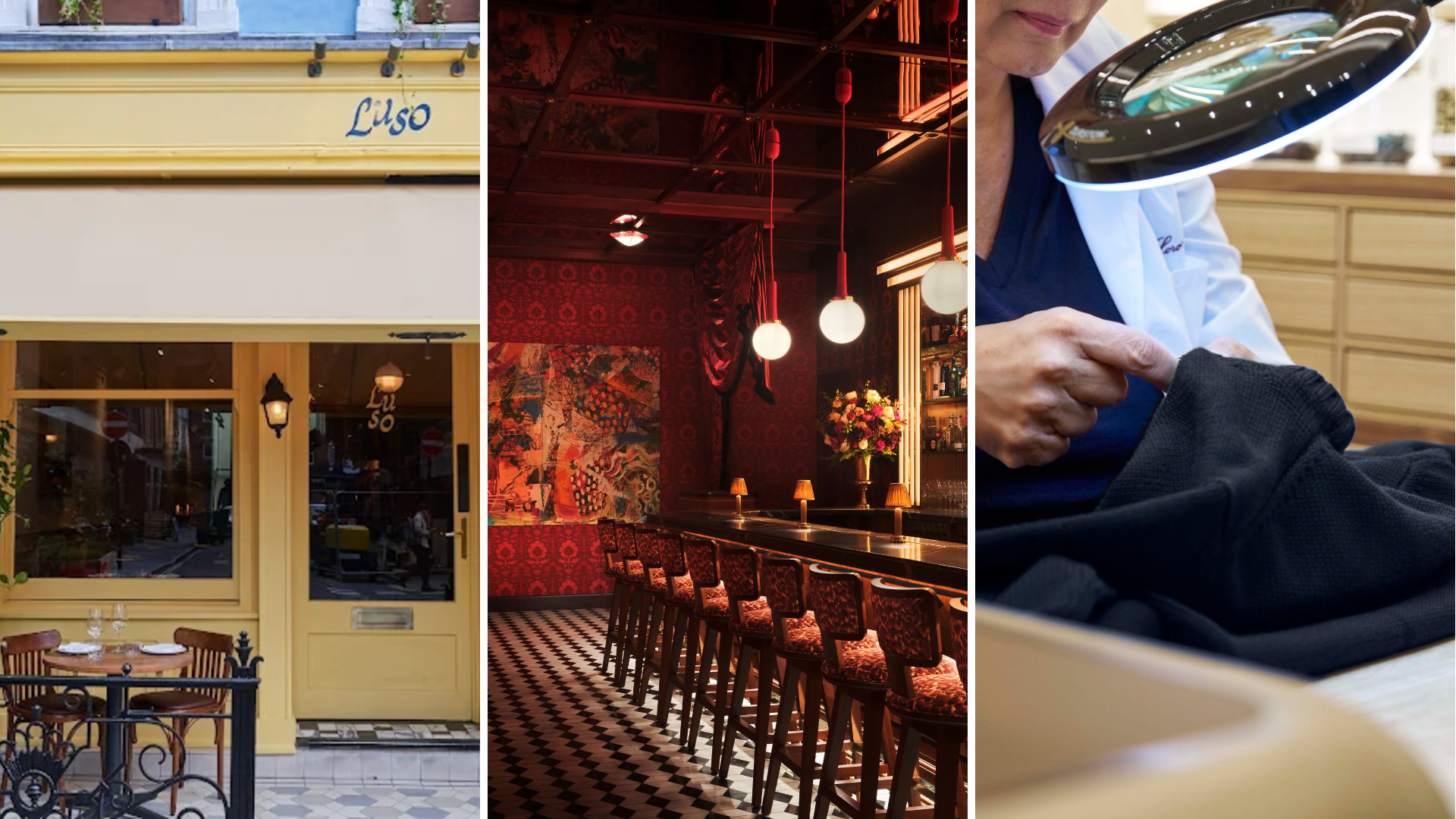 Out of office: The Wallpaper* editors’ picks of the week
Out of office: The Wallpaper* editors’ picks of the week'Tis the season for eating and drinking, and the Wallpaper* team embraced it wholeheartedly this week. Elsewhere: the best spot in Milan for clothing repairs and outdoor swimming in December
-
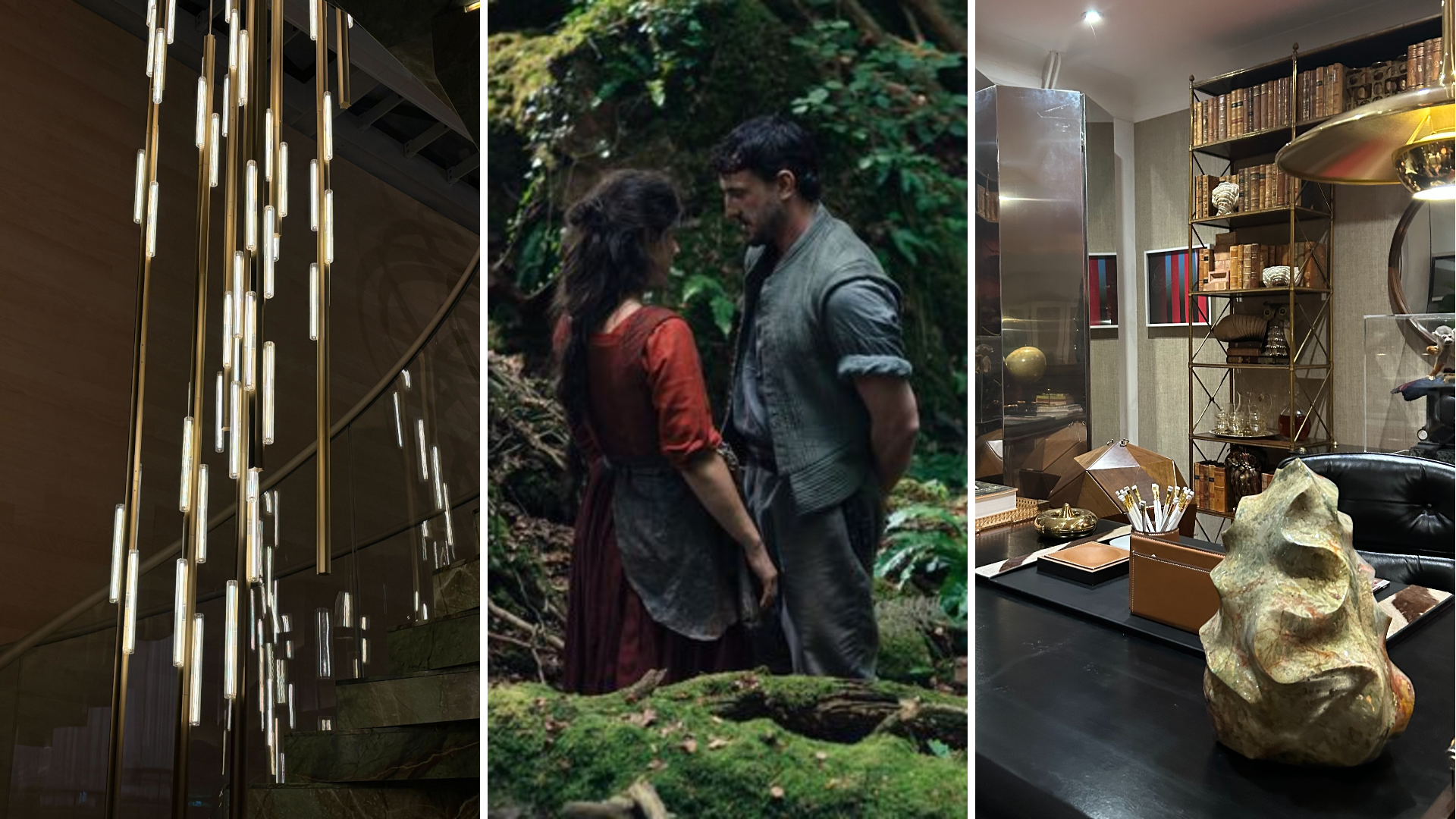 Out of office: The Wallpaper* editors’ picks of the week
Out of office: The Wallpaper* editors’ picks of the weekFar from slowing down for the festive season, the Wallpaper* team is in full swing, hopping from events to openings this week. Sometimes work can feel like play – and we also had time for some festive cocktails and cinematic releases
-
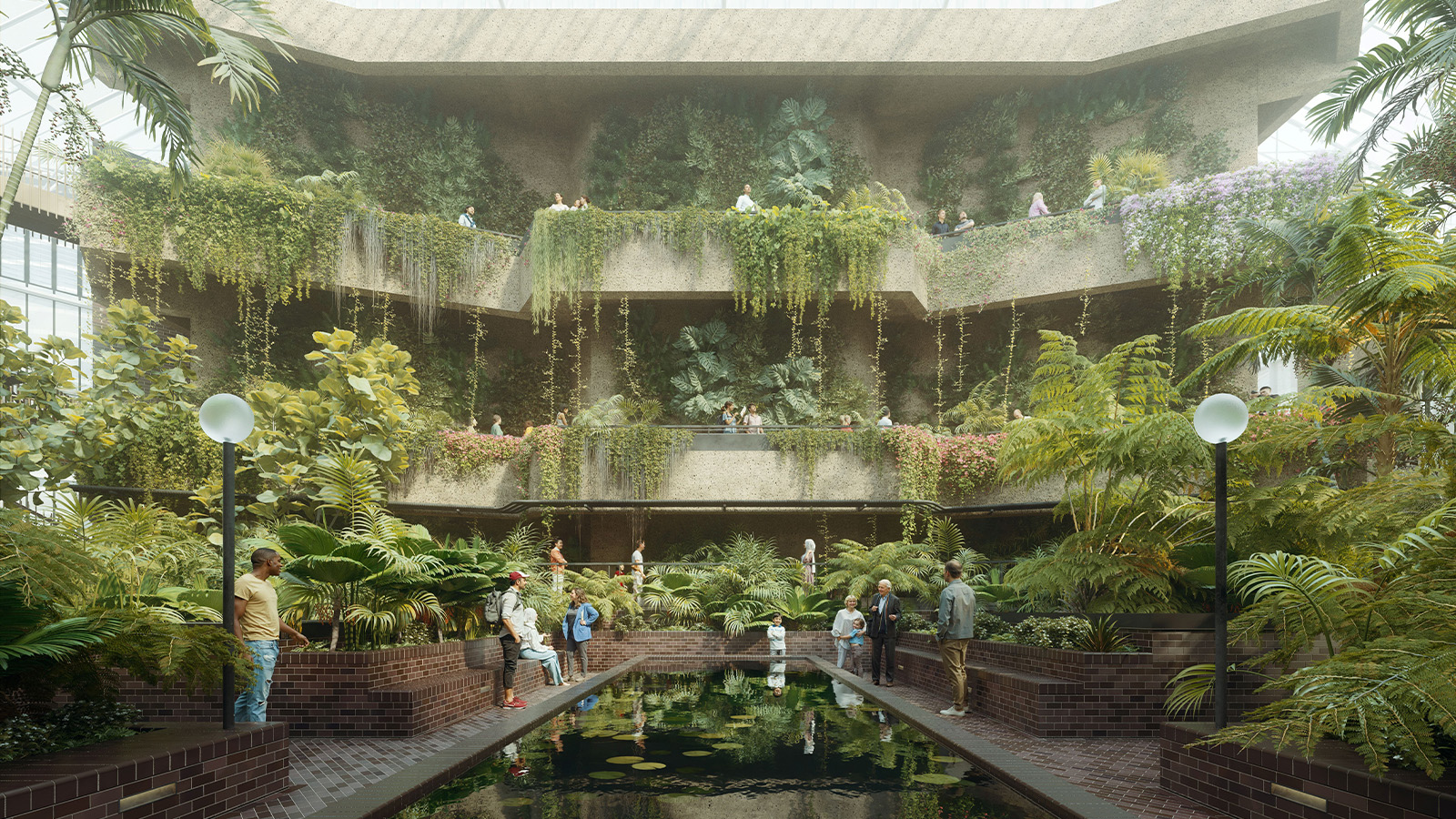 The Barbican is undergoing a huge revamp. Here’s what we know
The Barbican is undergoing a huge revamp. Here’s what we knowThe Barbican Centre is set to close in June 2028 for a year as part of a huge restoration plan to future-proof the brutalist Grade II-listed site
-
 Out of office: The Wallpaper* editors’ picks of the week
Out of office: The Wallpaper* editors’ picks of the weekIt’s wet, windy and wintry and, this week, the Wallpaper* team craved moments of escape. We found it in memories of the Mediterranean, flavours of Mexico, and immersions in the worlds of music and art
-
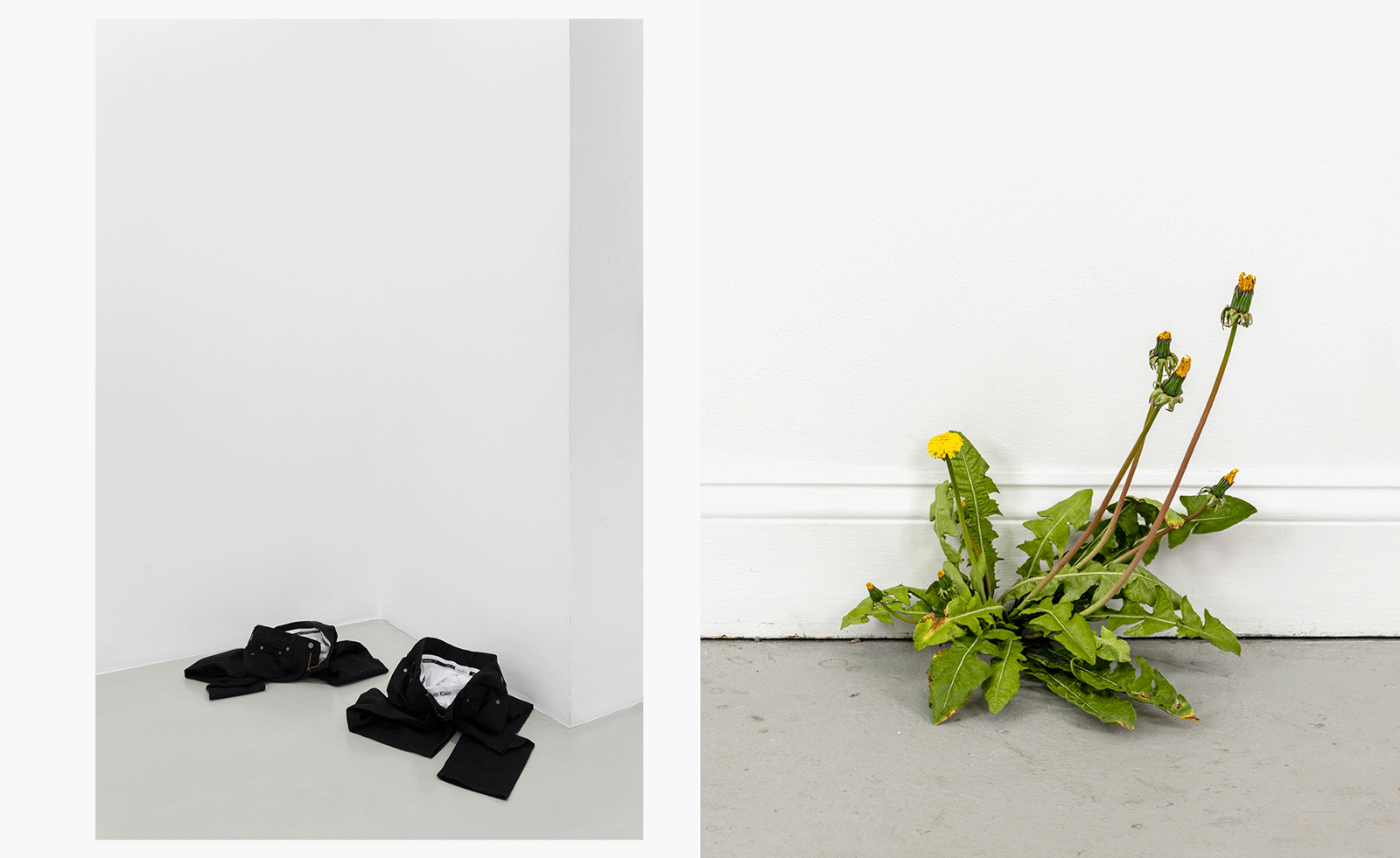 Each mundane object tells a story at Pace’s tribute to the everyday
Each mundane object tells a story at Pace’s tribute to the everydayIn a group exhibition, ‘Monument to the Unimportant’, artists give the seemingly insignificant – from discarded clothes to weeds in cracks – a longer look
-
 Out of office: The Wallpaper* editors’ picks of the week
Out of office: The Wallpaper* editors’ picks of the weekThis week, the Wallpaper* team had its finger on the pulse of architecture, interiors and fashion – while also scooping the latest on the Radiohead reunion and London’s buzziest pizza
-
 Out of office: The Wallpaper* editors’ picks of the week
Out of office: The Wallpaper* editors’ picks of the weekIt’s been a week of escapism: daydreams of Ghana sparked by lively local projects, glimpses of Tokyo on nostalgic film rolls, and a charming foray into the heart of Christmas as the festive season kicks off in earnest
-
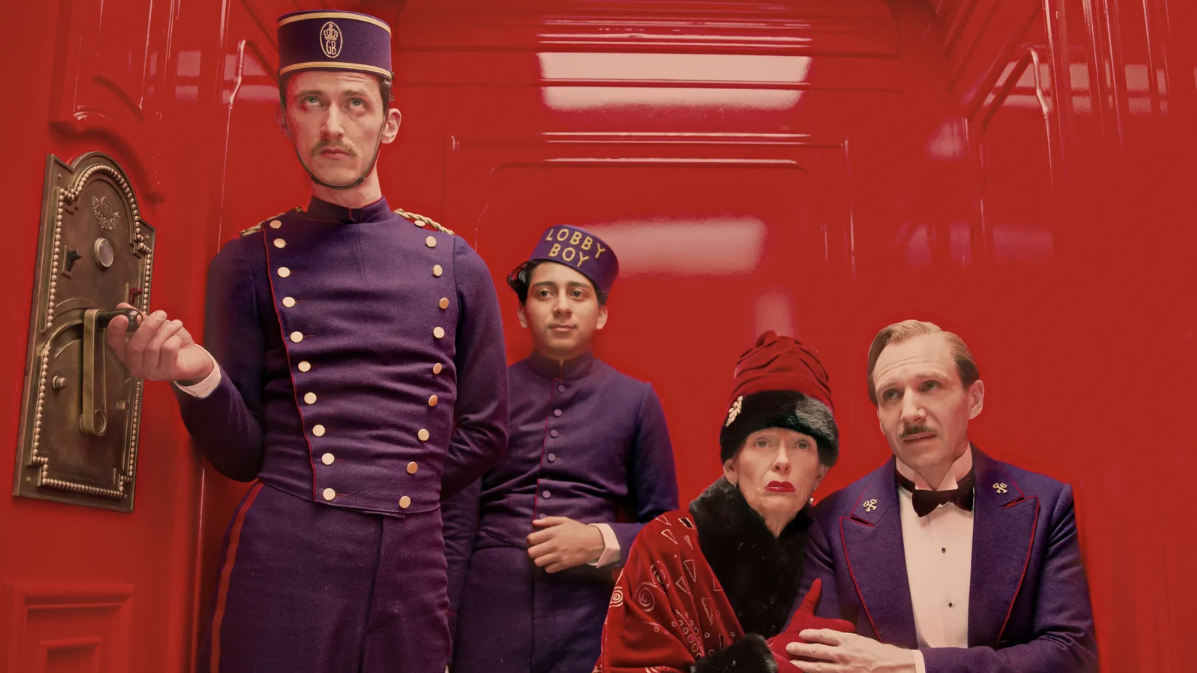 Wes Anderson at the Design Museum celebrates an obsessive attention to detail
Wes Anderson at the Design Museum celebrates an obsessive attention to detail‘Wes Anderson: The Archives’ pays tribute to the American film director’s career – expect props and puppets aplenty in this comprehensive London retrospective